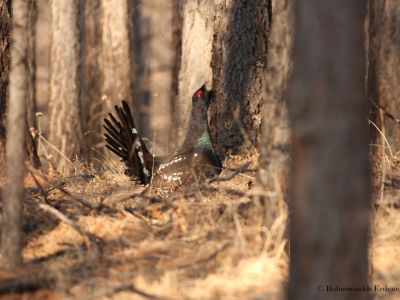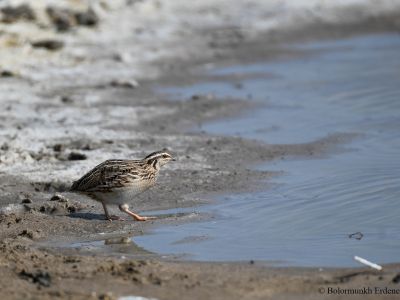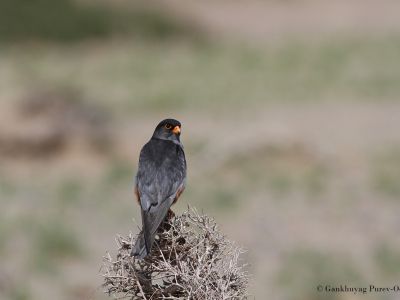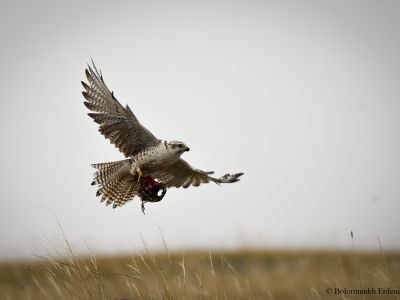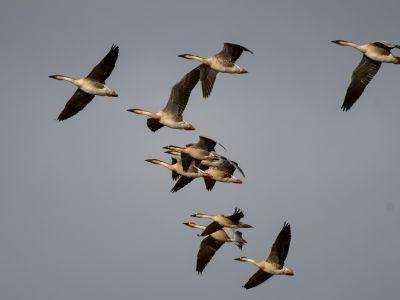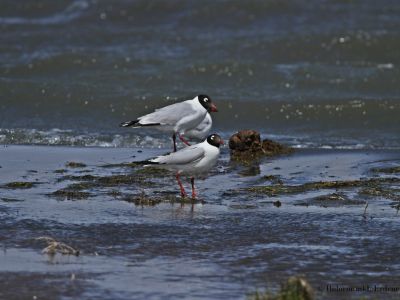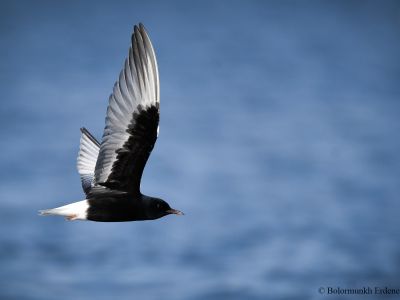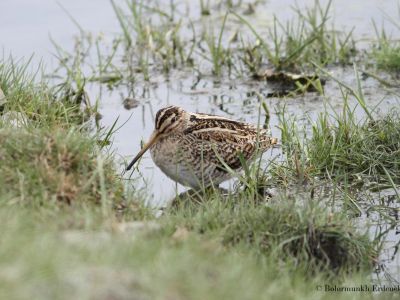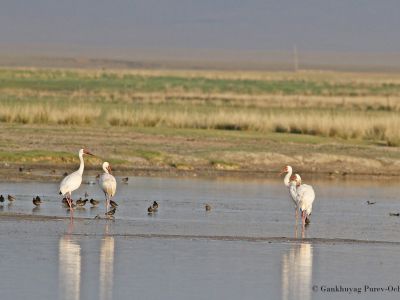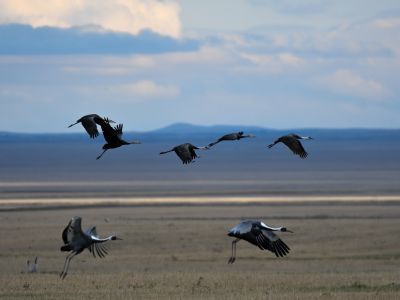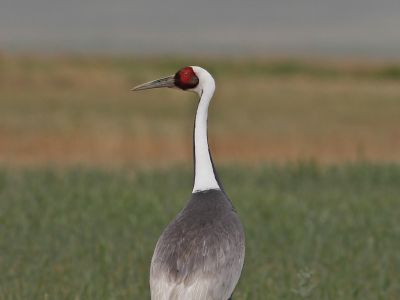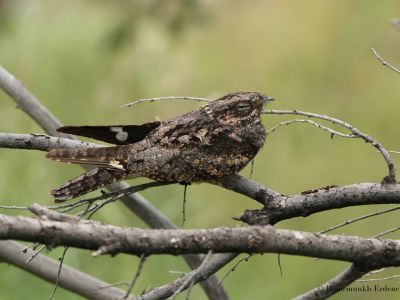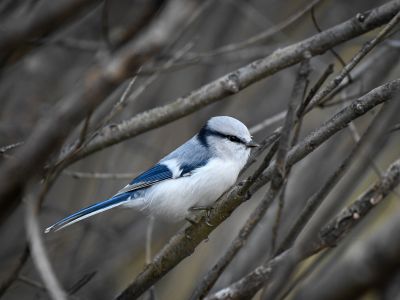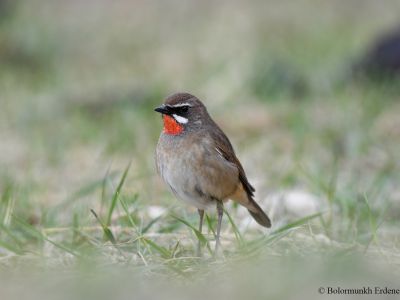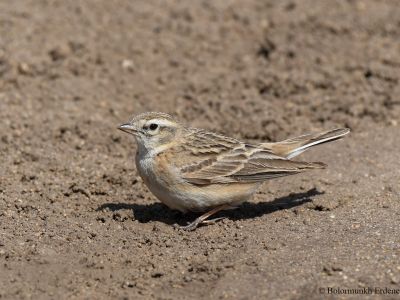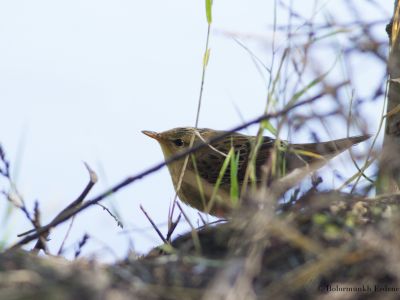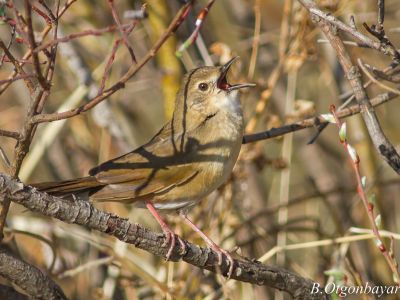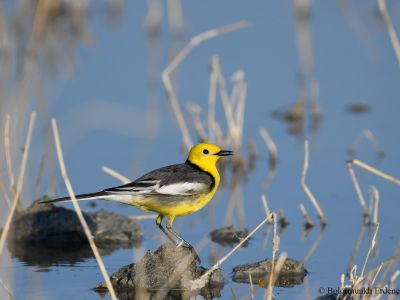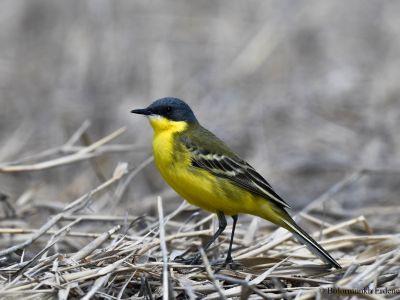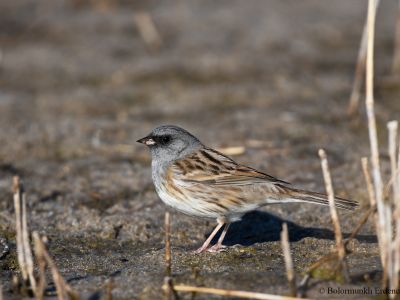Bird sound recording trip to northeastern Mongolia
Taiga forest, grassland and wetlandsSummary
With a territory 6 times as large as the UK but with only 3 million inhabitants, Mongolia is considered to be the least densely populated country in the world. Eastern Mongolia is even more sparsely populated that someone can go days without seeing any human presence except a few nomadic herders and their livestock. In the steppe only sound you hear could be grass crunching under your boots and larks chirping.
This expedition focuses on exploring, observing and sound recording the rich avifauna of the northeastern Mongolian mountain steppe. Eastern Mongolia is part of the planet’s largest and most intact expanse of temperate grassland and one of the last true wildernesses left on earth. Situated along the East-Asian and Australian flyways the region offers an opportunity to see a great number of bird species during their migration at some key stopover and staging sites. Out of almost 1000 bird species recorded in East Asia, 360 species are found in Eastern Mongolia.
For the wildlife sound recordist, Mongolia offers above all the virtual absence of noise. This, in combination with a large number of bird and mammal species - often in immense abundance - makes Mongolia a unique place for sound recording.
Apart from the personal enjoyment that comes from being undisturbed here, each sound recording also contributes to the knowledge of ornithology.
Even though Mongolia is by no means new ornithological territory, relatively few sound recordings have been published and many bioacoustics questions remain unanswered. There is much to be done!
Famous for its wild nature, nomadic culture, hospitable people and its rich history, we guarantee that you will have a most enjoyable time during this trip.
- Tour dates: 07 - 20 June 2024
- Duration: 14 days
- Price: €2400
- Availability: 2 spaces available
Key target species
- Swan Geese
- Amur Falcon
- Saker Falcon
- Eastern Marsh Harrier
- Steppe Eagle
- Daurian Partridge
- Demoiselle Crane
- White-naped Crane
- Siberian Crane
- Hooded Crane
- Eastern Great Bustard
- Relict Gull
- Asian Dowitcher
- Grey Nightjar
- Siberian Rubythroat
- Azure Tit
- Richard's and Blyth's Pipit
- Daurian Redstart
- Taiga Flycatcher
- Dark-sided Flycatcher
- Chinese grasshopper Warbler
- Pallas’s grasshopper Warbler
- Black-browed reed Warbler
- Two-barred Warbler
- Arctic Warbler
- Radde's Warbler
- Lesser Whitethroat
- Red-throated Thrush
- Eastern Yellow Wagtail
- Long-tailed Rosefinch
- Yellow-breasted Bunting
- Black-faced Bunting
- Pine Bunting
- Godlewski's Bunting
- Meadow Bunting
- Chestnut-eared Bunting
ITINERARY
This itinerary comprises of few key destinations in far northeastern Mongolia such as Khurkh river valley, steppe lakes along Ulz river valley and adjacent wetlands.
Khurkh river valley
Khurkh River Valley, one of the North-East Asian Crane Network Sites. It has a Ramsar Site (a wetland site designated to be of international importance under the Ramsar Convention, the Convention on Wetlands) designation due to its importance for the breeding and migration of many wetland dependent species. According to Ramsar Criterion 6, Khurkh river valley supports 20% of the biogeographical population of White-naped Crane Grus vipio.
Khurkh river basin is in the transition zone of Siberian taiga forest and steppe zones, it is one of the tributaries of Onon river, a headwater of the mighty Amur river. The river valley itself is 15-20 km wide along the middle and end stages. Separated from the forests, the valley contains many small wetlands that are rich in waterbirds and nesting cranes. We will see hundreds of breeding White-naped, Demoiselle and Common cranes, potentially a small number of Hood cranes and Great Bustard (ssp dybowskii), also Japanese quail, Grey nightjar and buntings.
One of our main targets here is the highly rare Siberian crane Leucogranus leucogranus (in 2000 it was listed as Critically Endangered). This species is mainly represented by its eastern population of approximately 4,000 individuals. North Eastern Mongolia is the flyway stopover and staging wetland site for the species. We often see Siberian cranes using this site as their non-breeding summering habitat.
Ulz River valley and its wetland:
The Ulz River in northeastern Mongolia and shallow steppe lakes in the river valley are part of the Daurian steppe ecoregion which were inscribed in the list of World Heritage Sites, category natural properties to protect their unique ecosystem and wildlife. Many species of migratory birds breed and make stopovers at these wetlands during their migration.
Unfortunately, in the last 2 decades, the river level and size of the wetlands decreased due to successive droughts. Also, the number of breeding White-naped cranes and other endangered wetland bird species has declined due to habitat loss by overgrazing. For this reason, the importance of preservation is really high in the region.
Mongol Daguur
Daurian steppe ecoregion, a transnational protected area lies in the northern part of Inner Asia. Most of the Daurian steppe is situated in Eastern Mongolia and North-East China; the Russian part is confined to Zabaikalsky Province and the Buryat Republic. The area possesses a very high level of biodiversity for the steppe zone, and it is included in the Global 200 Ecoregions of the World.
Mongolian part of Daurian steppe is called “Mongol Daguur” and it is designated in the list of Wetlands of International Importance, Important Birds Area (MNO66), East Asian Crane Site, UNESCO-MAB, UNESCO World Heritage site, Daurian International Protected Area, WWF ECO 200, Mongolian Strictly Protected Area and East Asian-Australasian Flyway [024] network site.
Mongol Daguur wetlands are specific with the vast steppe and wetland valleys of tectonic and volcanic origins supporting numerous different (big and small) sized rivers and lakes. The wetlands and their immediate vicinities are rich in endemic flora species and provide important nesting, breeding, distribution, and stopover sites to the globally and regionally threatened bird species on their seasonal migration flyways. Amongst, there are six species of crane (Siberian, White-naped, Hooded, Demoiselle, Common and Red-crowned) occurring and stopover at the wetlands during their migration and breeding seasons.
In this remote grassland, rarely visited by tourists, we can find a remarkable assemblage of birds and mammals.
Accommodation: Eastern Mongolia is a highly underdeveloped region. So our only lodgings option is a tent. Mongolia is generally a great place for camping as we are allowed to wander and set up our own camp wherever we want. Tents are also the most suitable accommodation for a birdwatching tour because we are able to spend the night nearby, or exactly at the bird watching hot spots. Therefore, we can start birding early the following morning, without wasting time on travel. It is a genuine natural experience that allows people to connect with the environment.
We provide our clients high quality, spacious 3 person North Face Summit series tents, warm sleeping bags and self-inflatable sleeping mattresses.
A spacious traditional Mongolian marquee style tent is set up for dining. It provides good insulation against the summer heat and protection from the cold spring wind. Tables and chairs are set up in the tent.
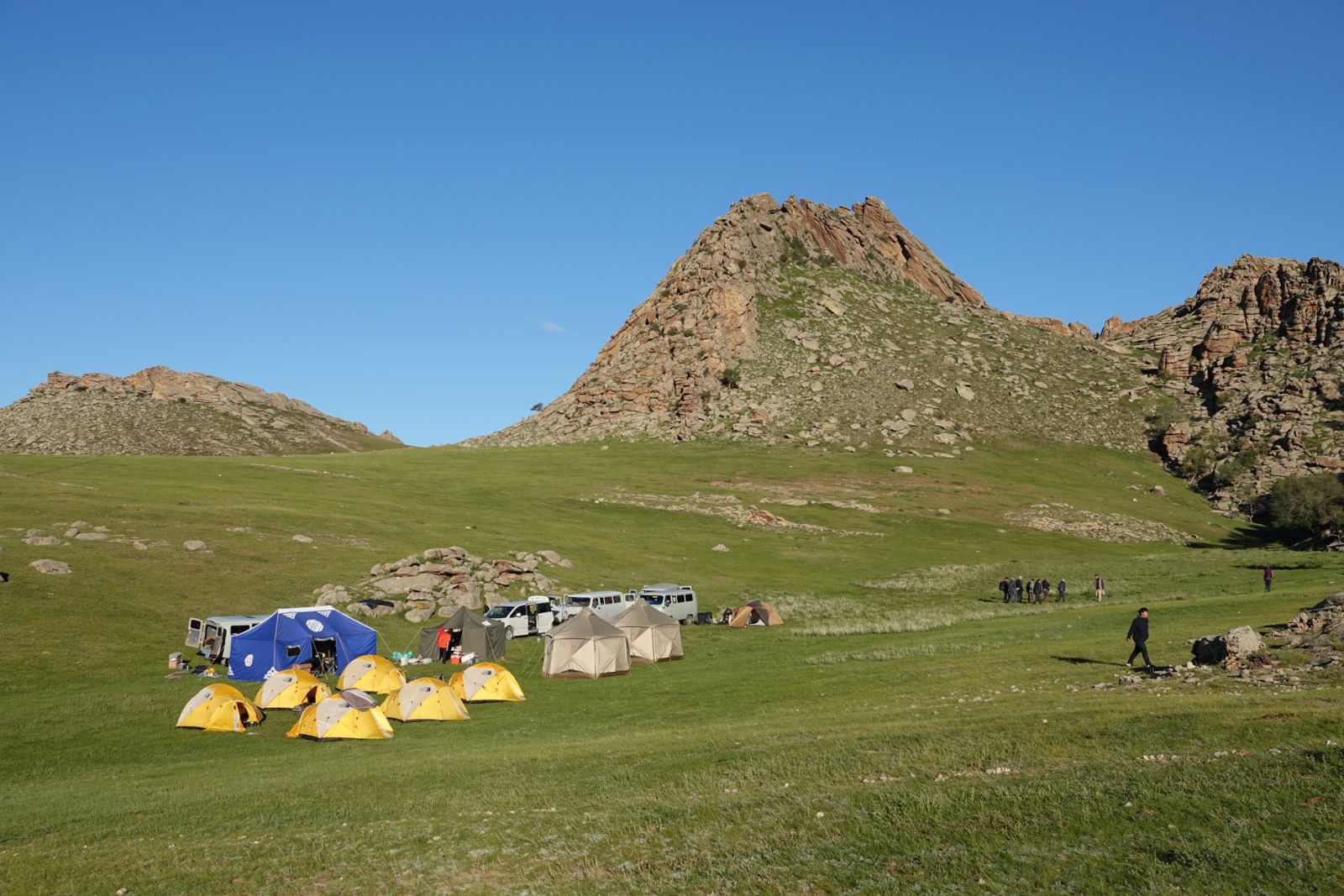

Climate: June has pleasantly warm and stable weather. It's mostly sunny but some overcast weather and rain are likely and the wind is regular. The temperature is 15 - 25°C during the day and 8 - 13°C at night.
Transport: Transport options are usually 4WD Toyota Land Cruiser jeep or Russian UAZ 2206 minivan depending on the client’s choice.
TOUR REPORTS
| Report names | Report summary |
|---|---|
| Big mammals and birds of Eastern Mongolia. (06 - 16 Sep, 2020) | TOUR REPORT |
| Autumn birding trip to Eastern Mongolia - Jankowski's bunting and more (21 Sep - 06 Oct 2021) | TOUR REPORT |
TOUR DATES
| 2024 | |||||||
|---|---|---|---|---|---|---|---|
| Tour dates | Duration | Availability | |||||
| 07 - 20 June 2026 | 14 days | Available | BOOK TOUR | SHOW DETAILS | |||



